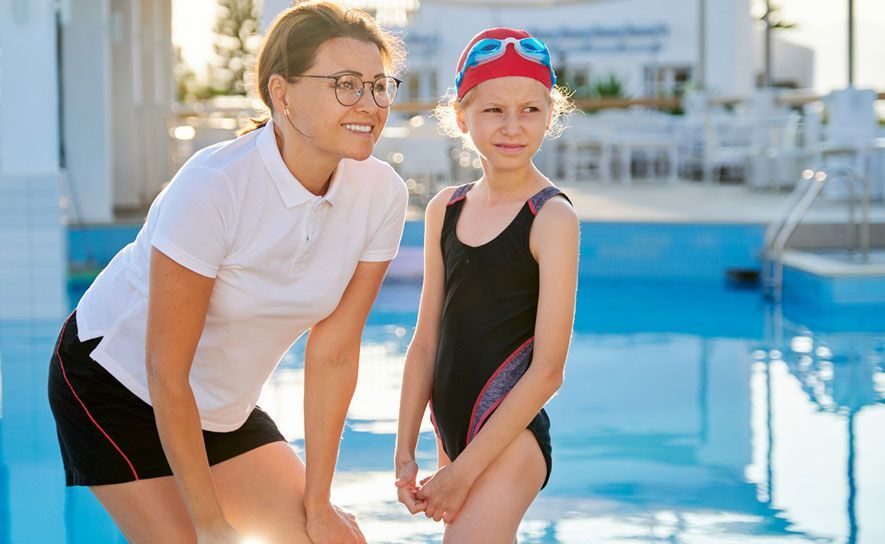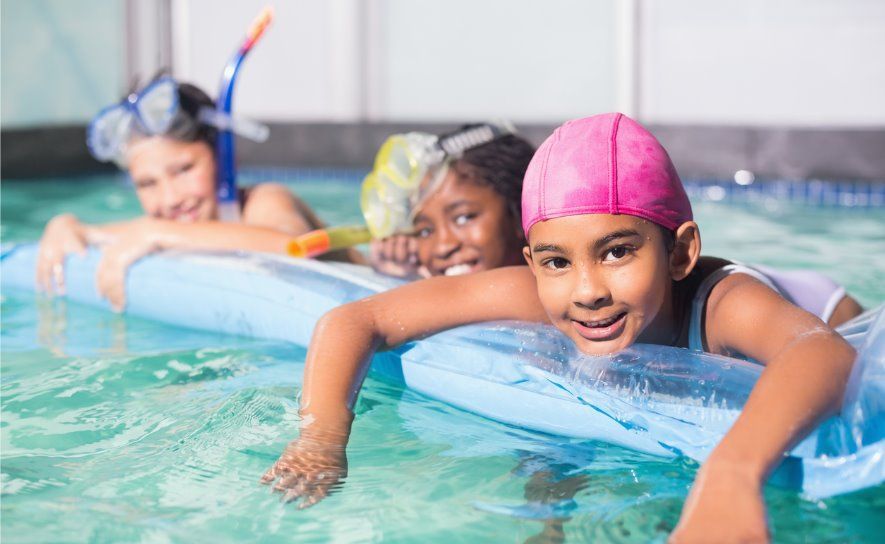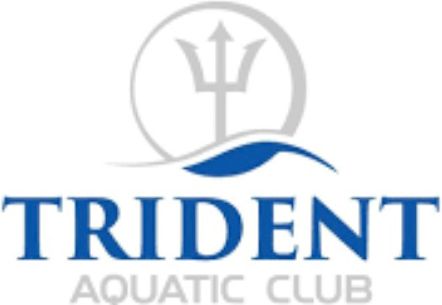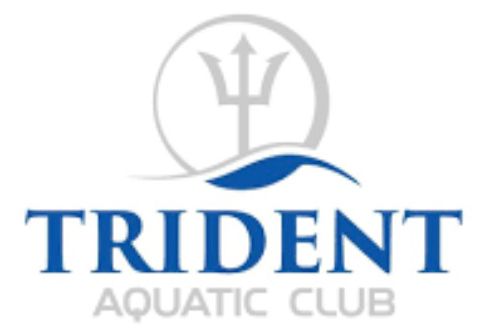Safe Sport
KEEPING ATHLETES SAFE IN SWIMMING
USA Swimming's top priority continues to be keeping our athletes safe. No form of abuse, including child sexual abuse, has a place in our sport. USA Swimming is committed to reducing the risk of abuse in swimming and increasing awareness of red flag behavior through its Safe Sport program. All adults working with athletes are responsible for creating an abuse-free environment.
TOP RESOURCES
Safe Sport Policies & Guides for Parents
SAFE SPORT - STAND TOGETHER
REPORTING AN ISSUE
U.S. CENTER FOR SAFESPORT
The Center has exclusive jurisdiction for all issues dealing with:
- Sexual Misconduct
- Sexual Harassment
- Sexually Explicit/Inappropriate Communication through Social Media
You can also report issues dealing with:
- Physical or Emotional Misconduct
- Violation of the Minor Athlete Abuse Prevention Policy
Report your concern to U.S. Center for SafeSport using the following:
Call: 833-5US-SAFE (587-7233)
USA SWIMMING
For all issues dealing with:
- Criminal Charges
- Physical or Emotional Misconduct
- USA Swimming Code of Conduct Violations
- Violations of USA Swimming Safe Sport Policies including USA Swimming's Minor Athlete Abuse Prevention Policy
Report your concern to USA Swimming using the following:
YOUR CLUB
For all issues dealing with:
- Peer-to-Peer Bullying
- Adult-to-Athlete Bullying
- Parent Issues/Parent Complaints
- Violations of team rules and team code of conduct
- Violations of the team policies including the team's Minor Athlete Abuse Prevention Policy
Please make a report to your team. You can use the provided letter to assist you in beginning this process.

PARENT/ATHLETE EDUCATION
Education is one of the most important tools for combating misconduct. There are resources that can help you understand how abuse occurs and what you can do about it. You should be able to recognize signs of grooming behavior and boundary violations and what to do when you suspect a child's safety is at risk.
BULLYING
Bullying is more than simply rude or mean actions, it is unwanted behavior among peers that involves real or perceived power imbalance. The behavior is repeated and occurs over time. Bullying and harassment should never be tolerated and goes against the core values of USA Swimming. We encourage parents, athletes and coaches to work together to find solutions to problems between teammates so a swift resolution can be found if at all possible.
QUESTIONS TO CONSIDER:
- Has this occurred over the course of time?
- Is there a power imbalance between the athletes? For example, is one athlete older, been on the team longer or have higher social status?
- Are there examples of humiliation, degradation, discriminatory language, or deliberate isolation from teammates?
- Has there been any harassment via social media or electronic communication such as text or email?
- Have there been any photographs taken or altered?
- Has the issue been addressed with the club owner or head coach?


EMOTIONALLY ABUSIVE COACHING
If you believe that emotional or verbal misconduct is happening in your club but are unsure, here are some questions to consider:
- Has this instance occurred more than once?
- Have there been instances of name calling, constant screaming or offhand jokes directed at your child?
- Are basic needs, such as water bathroom breaks or medical care, ignored or denied as a means of punishment?
- Have there been times when items have been thrown at your child or other children in a way that would cause a reasonable person to be fearful?
- Are there humiliating, degrading, body shaming or discriminatory actions?
- Is your child showing signs of fear when going to practice?
- Have you noticed an increased level of sadness, a loss of interest in swimming or extreme anxiety in your child before or after practice?
- Does your child express a sense of "walking on eggshells" while they are around the coach in question?
- Has this situation been brought to the attention of the club or facility management?
NON SAFE SPORT ISSUES
The following issues do not fall within the jurisdiction of the USA Swimming Code of Conduct.
WHAT WE CANNOT HELP WITH:
- Employment matters
- Financial matters such as club fees, meet fees, and other financial arrangements
- Competitive issues
- Team placement
- Family legal issues

SAFE SPORT FAQS
What is USA Swimming Safe Sport?
USA Swimming is committed to fostering a fun, healthy, and safe environment for all its members, and in 2010, it formally implemented a comprehensive Safe Sport program to respond to and prevent instances of abuse and misconduct within the sport of swimming. Since then USA Swimming Safe Sport has worked tirelessly to educate members, put policies in place, and empower LSCs and clubs to create the best possible environments for all members.
Can I get my team Safe Sport Recognized?
The Safe Sport Club Recognition program allows a member club to demonstrate its commitment to creating a healthy and positive environment free from abuse for all of its members through the development and implementation of club governance measures, Safe Sport policies and reporting mechanisms, Safe Sport best practices and training to athletes and parents.
Safe Sport Recognized Clubs earn a badge to display on their website, and these clubs will be designated as Safe Sport Recognized in USA Swimming’s Find-a-Team online search tool.
Check with your club leadership on their Safe Sport Recognized program status.
How can I find out who has been suspended or banned from membership in USA Swimming?
Please visit USA Swimming's website and search for 'Individuals ineligible or suspended'.
Is there training available for my child?
Starting June 23, 2019, as a condition of membership, all athlete members ages 18 and over must complete Athlete Protection Training. Training is available for minors, but is not mandatory.
What is the Minor Athlete Abuse Prevention Policy (MAAPP)?
The MAAPP is a collection of proactive prevention and training policies for the U.S. Olympic & Paralympic Movement. It has three primary components: an Education and Training Policy, Required Prevention Policies, and Recommended Prevention Policies. The Center developed the MAAPP to assist National Governing Bodies, Paralympic Sport Organizations, Local Affiliated Organizations, the U.S. Olympic and Paralympic Committee, and other individuals to whom these policies apply in meeting their obligations under federal law.
All Rights Reserved | Trident Aquatics Club
This site is a service of Captyn and powered by One Eleven's BUILD platform The content is owned by Trident Aquatic Club and the site is governed by its privacy policy Privacy Statement



